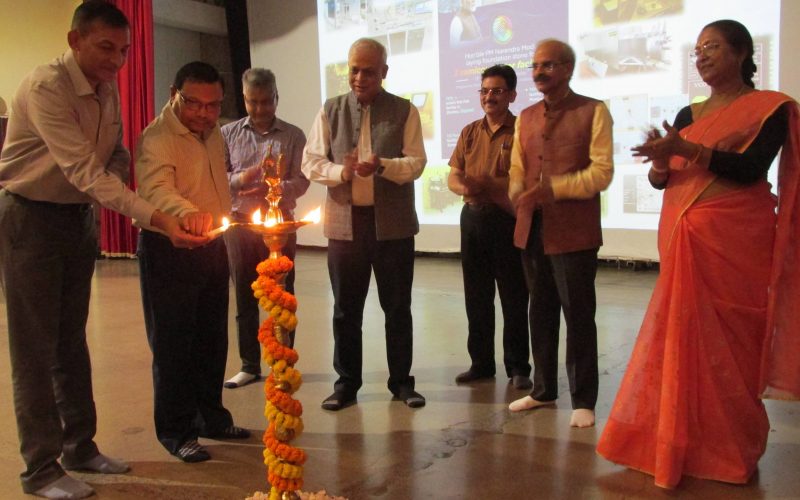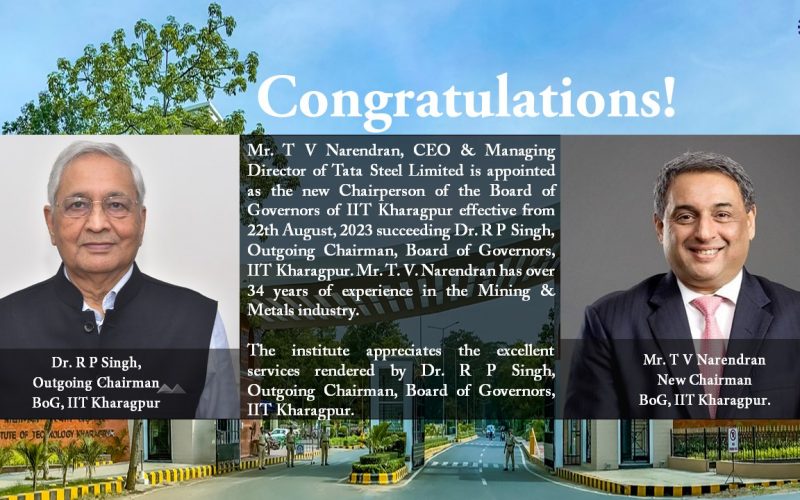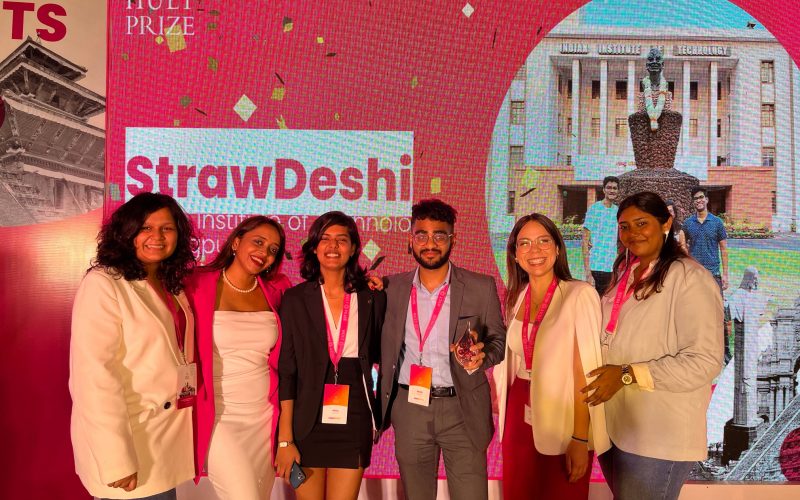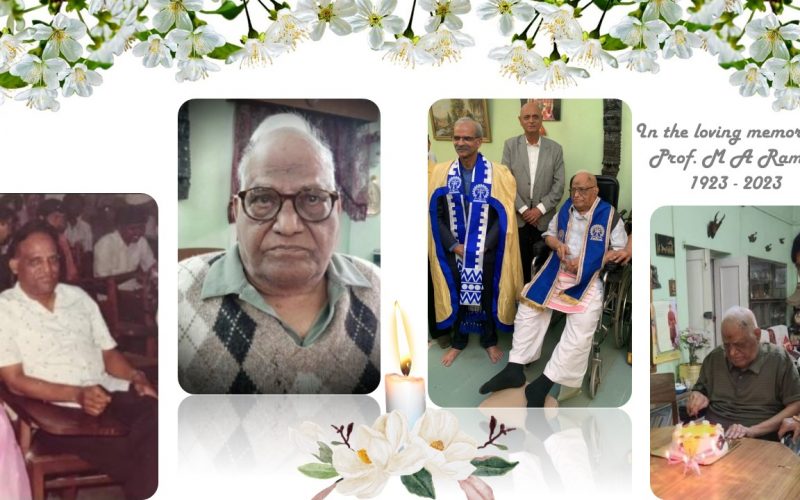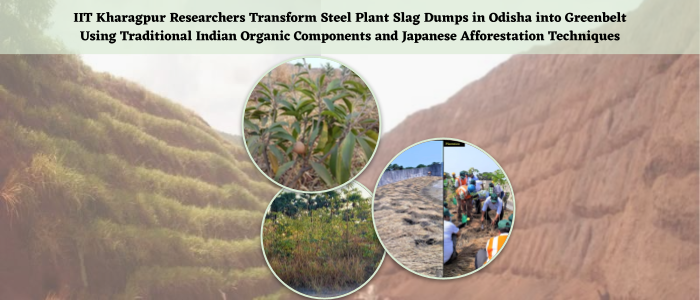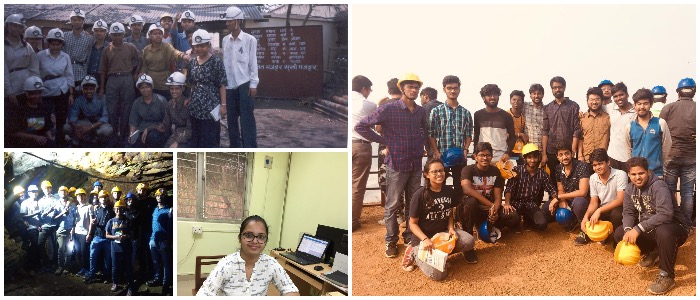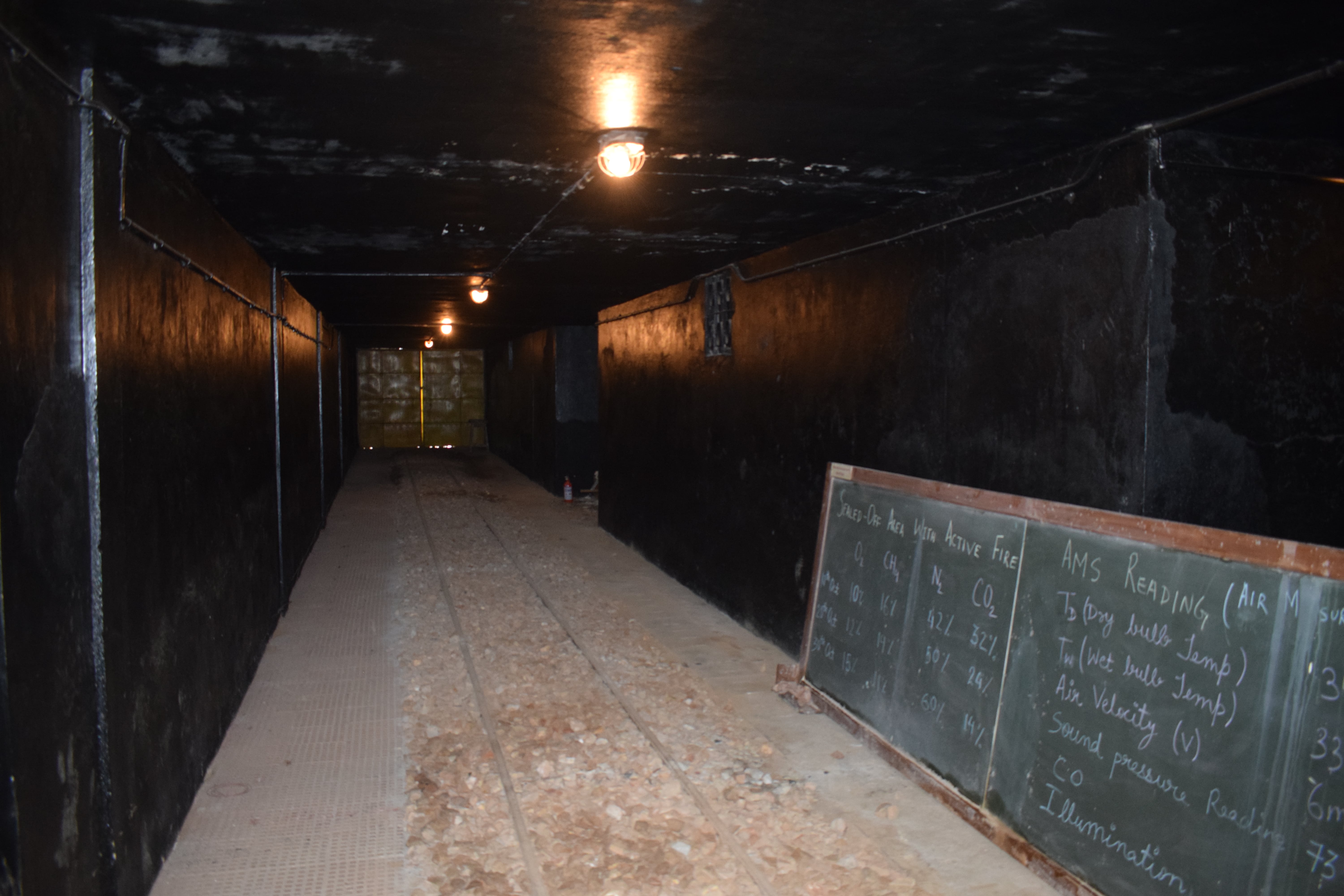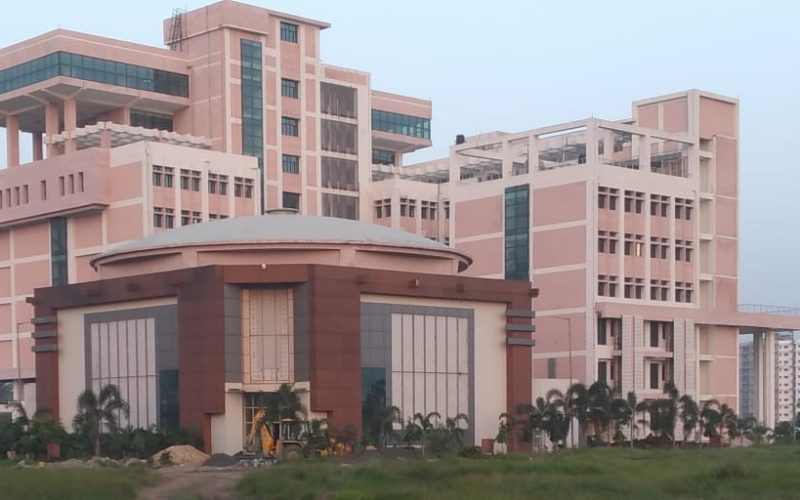
IIT Kharagpur partners with TCS to launch Advanced Research Center for Innovation in Digital Health, Robotics & Intelligent Systems
New Centre to house three state-of-the-art labs that enable TCS scientists to work on cutting-edge technologies and a Customer Experience Center that offers clients an experience of original research concepts driven by TCS. Indian Institute of Technology Kharagpur partners with Tata Consultancy Services (TCS), a global leader in IT services, consulting, and business solutions to set up an advanced research center to produce high-quality research in the areas of digital health, robotics and intelligent systems leveraging cutting-edge computing, embedded systems, and AI. Located in IIT Kharagpur Research Park in New Town, Kolkata, the TCS Research Center will feature three state-of-the-art…

